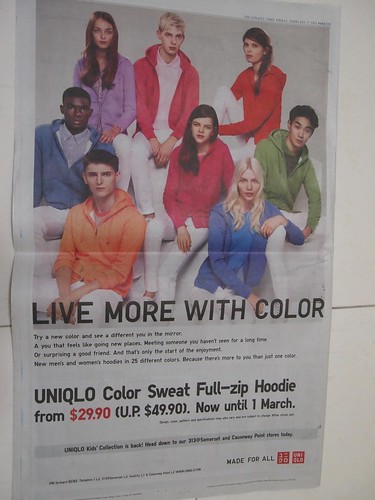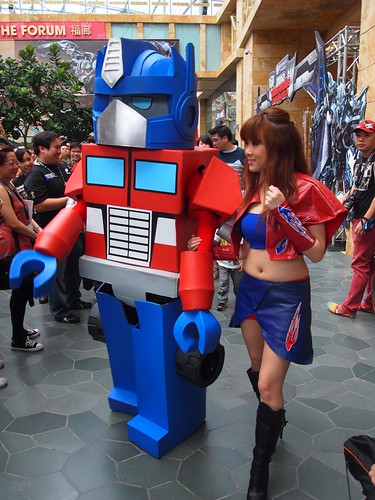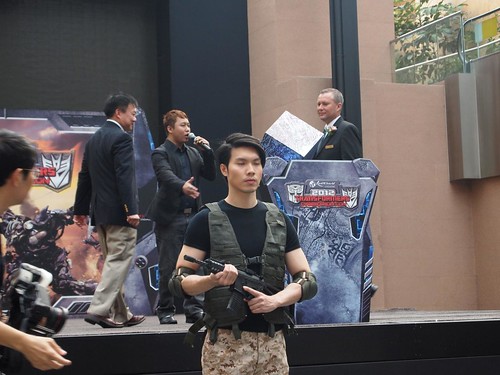
Thanks to Resorts World Sentosa, I was recently given a pair of tickets to their ongoing “rock circus” performance Voyage de la Vie as part of their Date Night, as well as a complimentary bottle of sparkling wine. As my wife has seen the show previously, I decided to bring my boy Ethan along.
Helmed by former MediaCorp Executive Producer Andrea Teo, who is now the Vice-President of Entertainment at Resorts Wrold Sentosa, Voyage de la Vie features the talents of creative producer Mark Fisher (chief designer of 2008 Beijing Olympics’ opening and closing ceremonies), Michael LaFleur – a previous imagineer with the Walt Disney Company, Philip Wm McKinley of “Ringling Bros and Barun and Bailey’s The Greatest Show on Earth” fame, set designer Ray Winkler (who worked on tours for U2, Generis and the Rolling Stones), and composer and former Singapore Idol runner-up Jonathan Lim.








